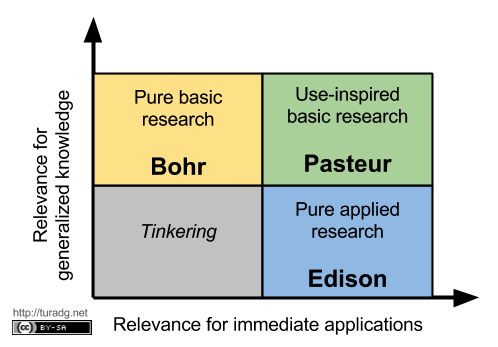I’m overdue for an update here on what I’ve been working on. Â My current project is a web application for collaboratively sharing, critiquing and improving question items for homeworks and quizzes. Basically a wiki question bank, but more socially-oriented.
In my last post, I was working on Plone and the ECQuiz module of eduComponents.  After a few months I abandoned Plone and never looked back. Plone’s going through a big transition right now and it’s hard to be a newcomer to its scene.  I wish Plone and eduComponents developers well.
I switched my platform to Drupal and its Quiz module. Drupal has an amazing community.  It’s hard to measure a community, but a handy data point is that the Drupal group on Facebook has 3500 members, compared to Plone’s 500.  This Quiz module has an active forum, an IRC channel, and a longish history.
While the Quiz community is strong, its design is lacking for my purposes. Â It began 3 years ago as a simple module and has been pulled and contorted over the years to suit different needs. Â This is arguably the best way for an open source module to evolve. Â Thanks to big contributions from Matt Butcher, the module got some big improvements in Quiz 3.0. Â For example, there is now an object-oriented type system for question types so new ones can be added more easily. Â (Unfortunately, Drupal data schemas don’t have inheritance like PHP objects do so data properties of the base class have to be included in each subclass. Â Unless someone wants to hack around that.) Â And now Sivaji is making yet more improvements for Quiz 4.x, as part of his winning GSoC proposal. Â Quiz 4.0 will be a polished set of improvements at the end of this summer.
I’ve been exploring the potential for Quiz to take a leap forward by drawing in code from PHP-based learning management systems. Â I began with Moodle and hammered its import/export code into Quiz to allow it to handle many more formats. Â I was happy having materialized the possibility for re-use in open source, but overall pretty turned off by Moodle’s spaghetti codebase. Â Maybe if you’re a longtime Moodle developer it all seems clean and clear, but that wasn’t my experience. Â So I’ve kept looking.
ATutor looks promising. Â It’s a leaner codebase and looks so far to be a clean design. Â It also has much better support for standards, which is important for my question bank in order to interoperate with other systems. Â After skimming the source code I realized I would need the db schemas to wrap my head around it so I installed the whole thing on my laptop. Â Wow, that was easy. Â I just moved the folder within my MAMP htdocs, navigated to it in my browser, and the rest was clicking through web forms. Â (There was one step where I had to make a directory manually, but the directions were explicit enough for anybody.) Â Thanks ATutor developers, and Happy Canada Day.
I may post again with an assessment. Â Please reply in the comments if you’d like to hear this (and why would also help).


